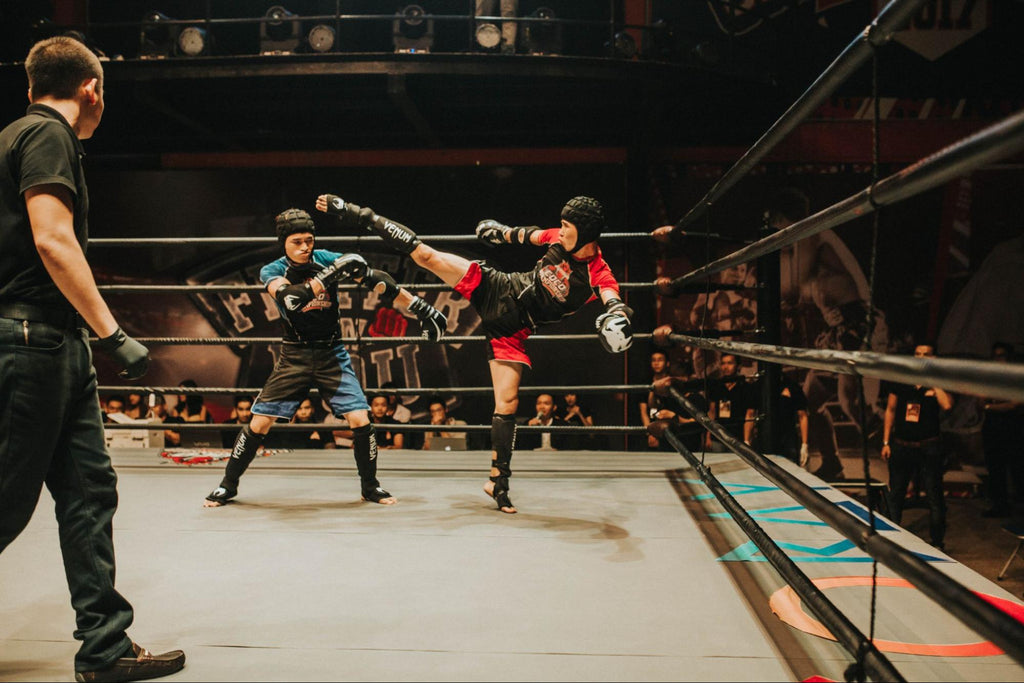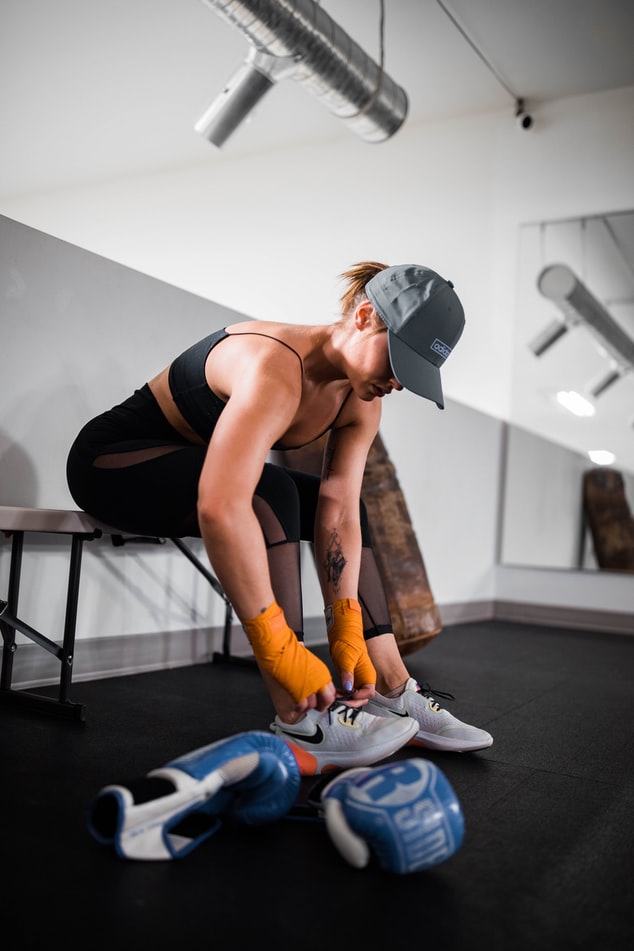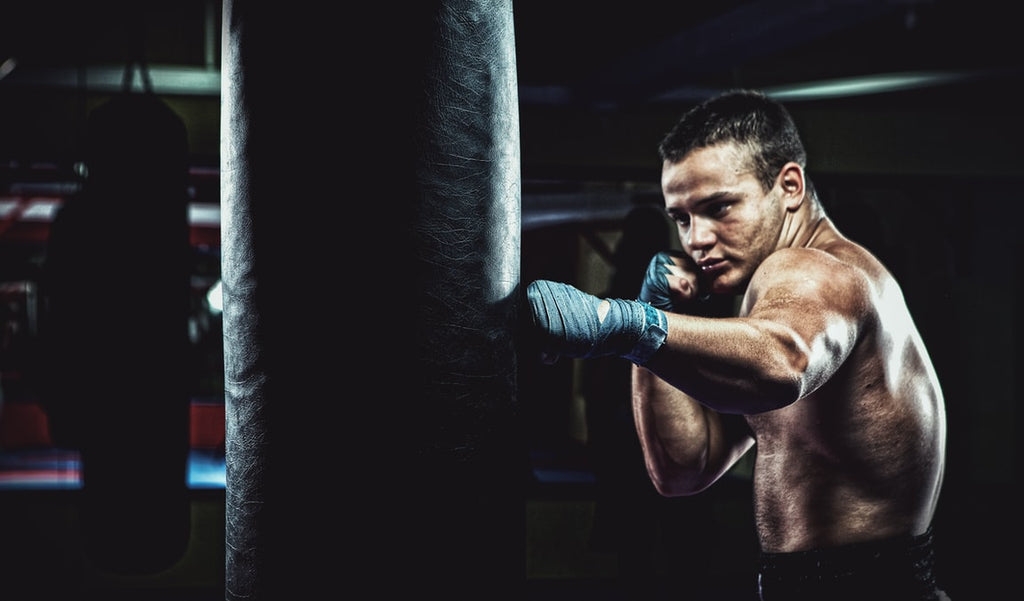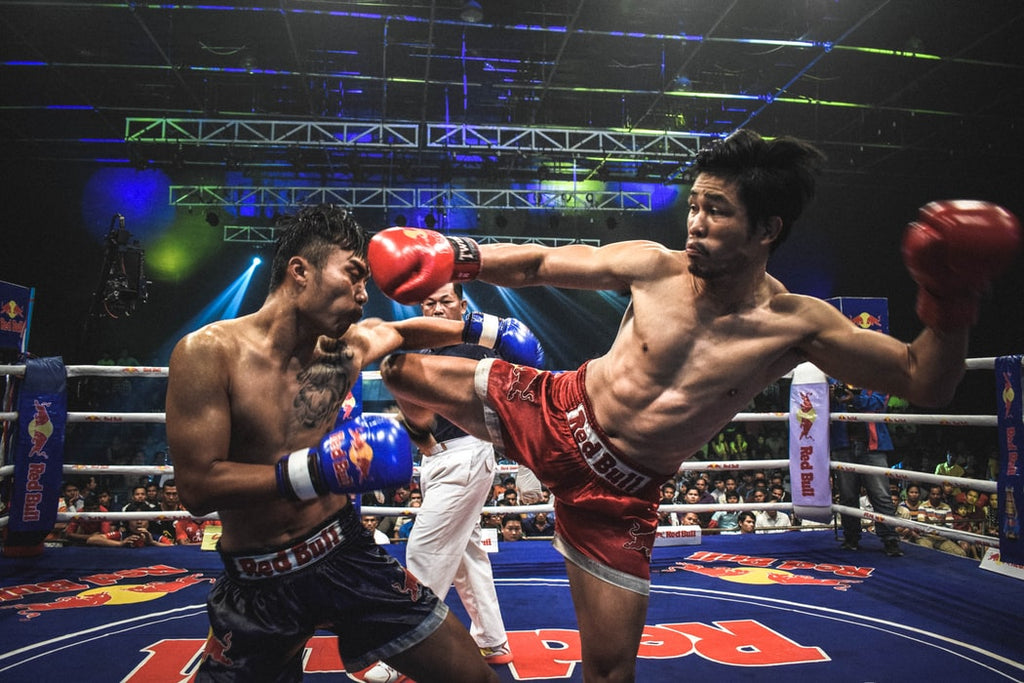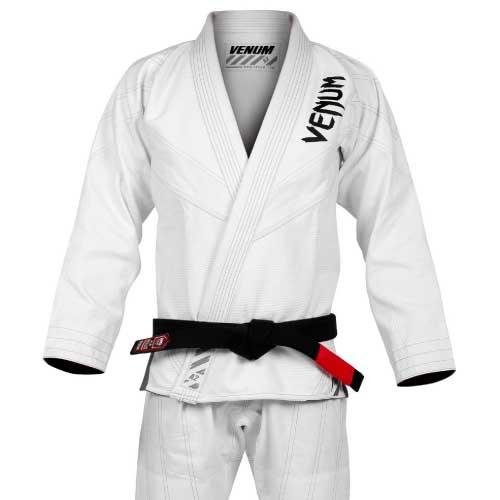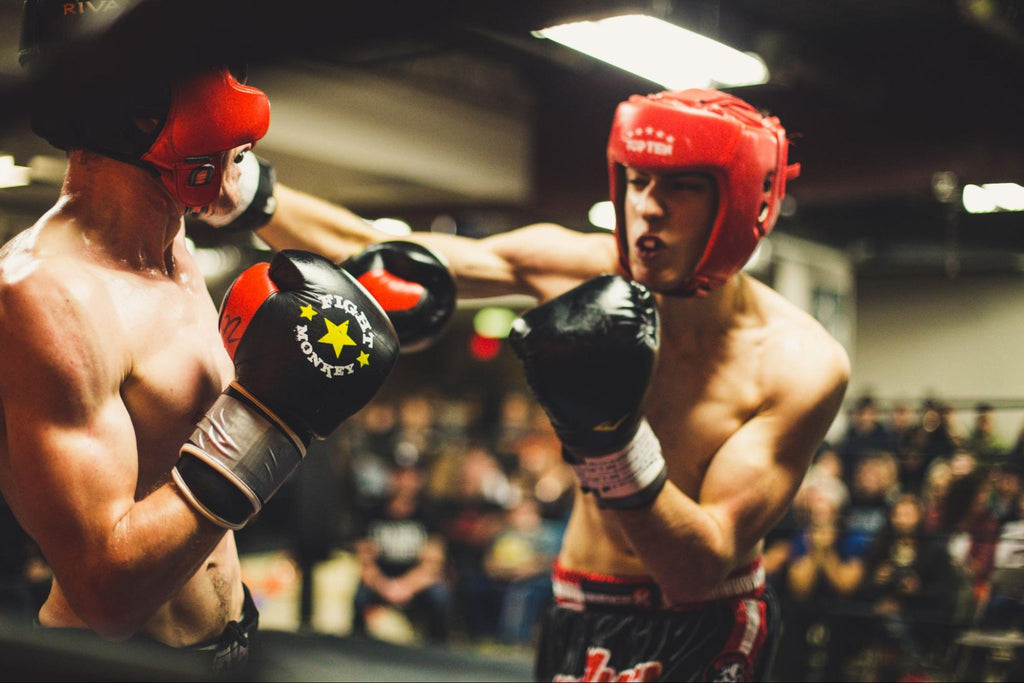
| Maxim Claes
8 Common Boxing Injuries and How to Prevent Them
Boxing is undeniably a full-contact combat sport. You can sustain boxing injuries whether you’re inside a ring or training on a heavy bag. Either way, getting hurt can impact your ability to continue practising the sport. That’s especially true if you’re making it your career.
Remember the adage that says, “The most important ability is availability. If you’re not healthy enough to box, it doesn’t matter how skilled you are or how much you’re looking forward to your next match. You can only perform based on what your body allows you to do.
Whether you’re boxing as a hobbyist or professional athlete, you need to be aware of the most common and worst boxing injuries. It’s also good to learn how to recover from them. More importantly, you have to master how to prevent them from happening in the first place.
The Most Common and Worst Boxing Injuries
When you’re hitting a punching bag or facing an opponent inside a ring, you’re subjecting your hands, wrists, fingers, head and other parts of your body to repeated impacts. It’s no surprise that when boxing, you’re at risk for a fair share of injuries. Here are some of them:
Now that you know the most common injuries in the boxing world, it’s time to learn how to keep these injuries from occurring in the first place. We have tons of tips for you below.
How To Prevent Boxing Injuries
Since boxing is a full-contact sport, you need all the help you can get to keep your body safe from debilitating injuries. Here are some simple yet effective ways to prevent boxing injuries:
Always wear the proper protective gear

Even when you’re only sparring, you always need to wear the proper protective gear. Make sure to use high-quality gear for superior protection. Proper gear use is also a must. Check out the list below for tips that can help you choose boxing gear to buy and use.
Master the correct punching and defensive techniques
It may seem obvious, but you have to learn to throw a punch correctly. Keep in mind that your hands and fingers are the most susceptible to injury when you’re boxing. When striking, always aim for the knuckle of your middle finger to make the initial contact. That way, you protect your thumb, which is prone to sprain and fracture.

Moreover, hone your defensive skills. When you know how to avoid getting hit too much, you can protect your face, rib cage area and other body parts from repeated heavy blows. So don’t focus on punching and hitting your opponent alone. Spend ample time on defensive training, too, so you can slip, block and duck punches and protect your body better.
Ensure proper form when training
When you’re training using a good form, you’ll get a better workout than training multiple times using poor form. More importantly, proper form is vital in protecting yourself from boxing injuries. When striking, be sure to use the strength and momentum from your entire body—rather than merely engaging your upper body. That will help you deliver an efficiently heavy punch without straining the wrong muscles. Practise proper form during training or sparring, and you’ll likely do the same during a match when you need protection the most.
Do regular stretching exercises
Do regular stretching exercises. That way, your muscles and ligaments get stronger, and your range of motion increases. That can lower the risk of muscle strains.
Before sparring, always perform warm-up exercises. When stretching, focus on workouts that strengthen specific muscles like the shoulder, hamstring and quadriceps. If it’s possible, include resistance band exercises in your training. Such routines can help loosen, stretch and strengthen muscles you usually use when you’re sparring or in a match.
Boost your overall physical health
Having excellent endurance and stamina can help your body withstand intense training and matches. Also, when you have a high level of physical conditioning, you don’t easily get tired and distracted. You can maintain your agile reflexes and quick footwork to protect your body from heavy blows. So make sure to boost your overall physical health with regular workouts.
Don’t forget about nutrition, too. Your daily diet should include food rich in protein, Vitamin C & D and calcium. Regular calcium intake will help strengthen your bones. That doesn’t only reduce the risk of fractures but also help your bones to heal faster in case you get injured.
In between bouts and training, make sure to hydrate. You have to replenish the electrolytes and water lost through intense sweating. Otherwise, you will experience fatigue more quickly. Again, when you’re too tired, you are likely to let your guard down during a match.
Allow your body to recover
Strained or injured muscles need time to heal. If you get back to training without allowing your body to recover, you’re only subjecting your body to the risk of even greater damage. Again, remember the adage about availability in the world of sports. Let your body heal.
You should also allow your body to recover even if you didn’t sustain serious injuries. Intense training and consecutive fights could take a toll on your body. Make sure to designate a recovery period in between training sessions and multiple boxing matches in a month.
Be a Better Boxer with Proper Gear, Training and Rest
There’s no easy route to becoming a great boxer. But with proper gear, training and rest, you can ensure your health and longevity in the world of boxing. As long as you’re injury-free, you have all the opportunities to train and get better. There’s nothing wrong with being too eager to spar or get on a ring, but enthusiasm can only take you so far. Think ahead and make sure to invest resources in proper gear and training—and spend ample time to rest.
For more tips on proper protective gear for boxers, don’t hesitate to give us a call. You’re also free to browse through our product collections. As Australia’s top fight store, we have an array of protective gear to protect your body from the worst and common boxing injuries.
 »
»

